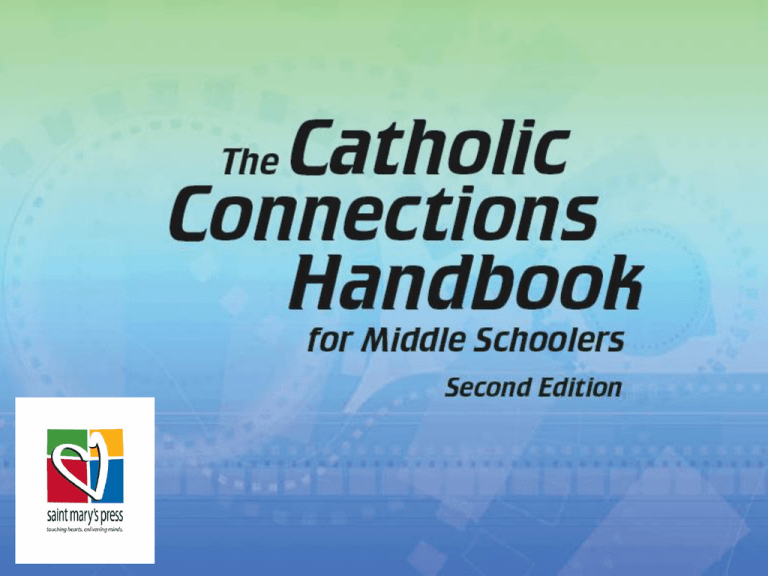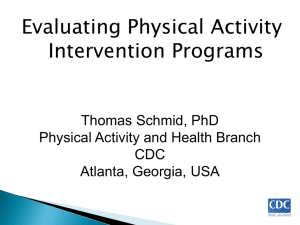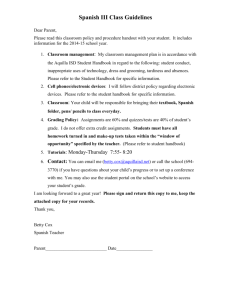
Christian Morality
Social Justice
and
Chapter D
Working for Justice
Chapter Summary
Working for Justice
© lassedesignen/www.shutterstock.com
In this chapter (a continuation of chapter
45 in the Handbook), you will consider the
concepts of common good, Catholic social
teaching, and solidarity. You will come to
realize that in order for an action to support
the common good, it must be good for the
whole of society, not just for one group or
one individual. As Catholics, we are called
to stand together in solidarity with those
who are disenfranchised. The welfare of
the earth itself is part of our stewardship
and is addressed in this chapter.
“Together for Good”
(Handbook, pages 493–496)
We all have a duty to work
together for the common good.
© Artishok/www.shutterstock.com
“Together for Good”
(Handbook, pages 493–496)
• God asks us to work for the common good of all.
• Helping those in need is everybody’s responsibility.
• God calls us to work at local, state, national, and global
levels to help bring about social justice.
“Together for Good”
(Handbook, pages 493–496)
Activity
1. Look up the definition of
common good in the
Handbook.
2. Create a list of synonyms and
antonyms for this word.
3. Each of you will write one
synonym and one antonym on
the board.
4. Discuss as a class!
© carmen2011/www.shutterstock.com
“The Secret Is Out” (Part 1)
(Handbook, pages 496–497)
We are called to live the truths
of Catholic social teaching.
© SilviaJansen/www.istockphoto.com
“The Secret Is Out” (Part 1)
(Handbook, pages 496–497)
• Catholic social teaching recognizes the human dignity of
each person.
• Catholic social teaching is concerned with making sure
all people have what they need.
• When members of our society lack basic needs, the
whole society suffers.
“The Secret Is Out” (Part 1)
(Handbook, pages 496–497)
Activity: “Stand Out for Justice”
1.
Your teacher will arrange the class into groups of two
or three.
2.
Your group will be assigned one of the following
quotes:
• “If you want peace, work for justice.” (Pope Paul VI)
• “Injustice anywhere is a threat to justice
everywhere.” (Martin Luther King Jr.)
• “Let us remember that justice must be rendered
even to the lowest.” (Cicero)
• “It is in justice that the ordering of society is
centered.” (Aristotle)
• “I have always found that mercy bears richer fruits
than strict justice.” (Abraham Lincoln)
• “Justice cannot be for one side alone, but must be
for both.” (Eleanor Roosevelt)
3. Design a poster featuring your quote.
© hidesy/www.istockphoto.com
“The Secret Is Out” (Part 2)
(Handbook, pages 498–499)
We are called to live in solidarity
with others, especially those in
need.
© shapecharge/www.istockphoto.com
“The Secret Is Out” (Part 2)
(Handbook, pages 498–499)
• Jesus sent us to bring Good News to those who are
poor, through charity and justice.
• Everyone is our brother and sister.
• In solidarity, we can work together for justice and peace.
“The Secret Is Out” (Part 2)
(Handbook, pages 498–499)
Activity: “Revolution of the Heart”
1. Your teacher will arrange the class into pairs.
2. In pairs, read together “People of Faith:
Dorothy Day” on page 501 in the Handbook.
3. Discuss this quote: “The greatest challenge
of the day is how to bring about a revolution
of the heart, a revolution which has to start
with each one of us.” (Reminder: A revolution
does not imply violence, only change.)
4. Ask yourselves, how would you start a
revolution of the heart? Then create a poster
encouraging others to join your “revolution.”
Illustrate the poster with appropriate images.
© EduardoLuzzatti/www.istockphoto.com
“The Secret Is Out” (Part 3)
(Handbook, page 500)
We are called to care for all of
creation.
© LondonEye/www.istockphoto.com
“The Secret Is Out” (Part 3)
(Handbook, page 500)
• God tells us to care for all of creation.
• Like the Iroquois, we should make environmental
decisions based on how they will affect the next seven
generations.
• Caring for other people and caring for our earth are part
of God’s plan for us.
“The Secret Is Out” (Part 3)
(Handbook, page 500)
Activity: “Stewardship Over All”
1. The teacher will arrange the class into pairs.
2. Read Genesis 1:20–31 with your partner.
3. One of you should record your answers to
the following questions in a chart, as follows:
Column 1: How are we preserving the
environment today?
Column 2: How are we hurting the
environment today?
Column 3: What choices can we make to
help change the situation in Column 2?
4. Discuss your responses as a class!
© ARTQU/www.istockphoto.com
Acknowledgments
The scriptural references and quotations in this presentation are from the Good News
Translation® (Today’s English Version, Second Edition). Copyright © 1992 by the American
Bible Society. All rights reserved. Bible text from the Good News Translation (GNT) is not to
be reproduced in copies or otherwise by any means except as permitted in writing by the
American Bible Society, 1865 Broadway, New York, NY 10023 (www.americanbible.org).
The quotation by Pope Paul VI on slide 9 is from “Message of His Holiness, for The
Celebration of the Day of Pace, January 1, 1972,” www.vatican.va/holy_father/paul_vi
/messages/peace/documents/hf_p-vi_mes_19711208_v-world-day-for-peace_en.html
To view copyright terms and conditions for Internet materials cited here, log on to the
home pages for the referenced websites.
During this presentation’s preparation, all citations, facts, figures, names, addresses,
telephone numbers, Internet URLs, and other pieces of information cited within were verified
for accuracy. The authors and Saint Mary’s Press staff have made every attempt to reference current and valid sources, but we cannot guarantee the content of any source, and we
are not responsible for any changes that may have occurred since our verification. If you find
an error in, or have a question or concern about, any of the information or sources listed
within, please contact Saint Mary’s Press.







